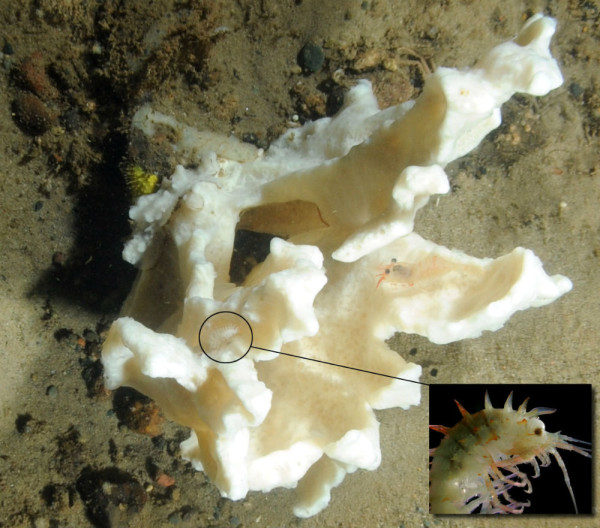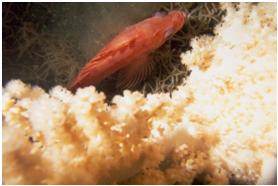Team NAFO 2013: High Expectations: Healthier Deep-Sea Ecosystems in the Northwest Atlantic
By Daniela Diz, Senior Marine Policy Officer
For a policy wonk like me, nothing beats September. With Parliament [usually] back in session, it’s become an annual tradition for me to move my gaze on a 12-nation organization that’s responsible for the Northwest Atlantic – NAFO, the Northwest Atlantic Fisheries Organization. With the group’s annual meeting falling somewhere near the end of the month, I’m almost literally surfing on a guided wave of policy recommendations for the meeting.
This year, apart from improving catch data collection and reporting – a big issue that NAFO needs to tackle – my priorities are the protection of sensitive habitats, namely vulnerable marine ecosystems (VMEs) such as corals, sponges and seamounts, and the implementation of an ecosystem approach to fisheries management. I’ll save the ecosystem approach to fisheries management theme for another blog.
The protection of vulnerable marine ecosystems is an important component of oceans management. Species including corals and sponge and geological features (such as seamounts) provide a home for a number of marine species. For example, the role of sea pen corals as nurseries for redfish is well known. Another recent study has found lophelia corals provide spawning grounds for certain shark species.
There are even big health benefits for humans, strange as it may seem. Some of our most important medicines contain pharmaceutical compounds derived from sponges that have the potential to fight against cancer, viral diseases, malaria and inflammations. However, these habitats and species can be severely damaged and destroyed by fishing techniques like bottom trawling, which is the predominant gear used in the NAFO regulatory area.
The good news is NAFO has been taking important steps towards the prevention of significant adverse impacts from bottom fishing on these vulnerable habitats since the adoption of a UN General Assembly (UNGA) resolution on the issue back in 2006.
WWF supports the conditions established by the UNGA resolutions and has been calling NAFO, year after year, to fully implement them. In response, NAFO has closed 18 areas to protect concentrations of corals and sponges, and seamounts (with some exceptions); set thresholds and move-on rules for encounters with certain species of corals and sponges; and has required that impact assessments be conducted. A comprehensive impact assessment is expected to be concluded by 2016.
This year, in light of new scientific evidence of concentrations of sea pens and gorgonian corals on the Grand Banks and the Flemish Cap, we urge NAFO to extend some of its closures to these areas. In addition, we are calling for comprehensive measures to protect a specific seamounts chain, which is home to specialized, fragile and endemic communities and important for life history stages of deep-sea species, and are very biologically diverse (with over 600 species).
© Don Gordon/WWF-Canada
Deep-sea ecosystems are among the most vulnerable to ocean acidification and fishing impacts. Scientific evidence indicates that seamount summits can provide refugia for cold-water corals from ocean acidification as they lie in shallower waters with a higher aragonite saturation horizon. In light of this, pressures like bottom fisheries and pollution should be minimized to increase the chances of these ecosystem engineers to adapt and survive in a more acidic environment.
This year, we are looking at NAFO and its contracting parties to show leadership and continue to deliver on the protection of these habitats, as they are essential to the overall health and resilience of the Northwest Atlantic.



